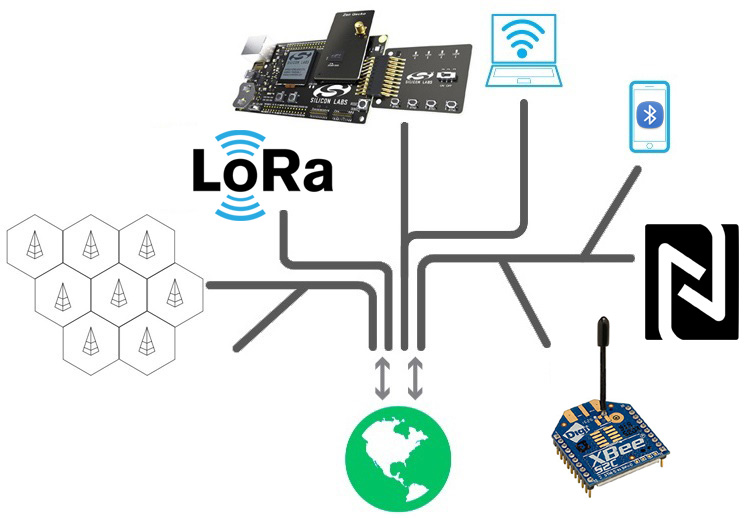
In the early days of networking, copper was king.
First was Ethernet over coax–initially thicknet (10Base5) and then thinnet (10Base2). Both used a bus topology and both were limited in the distance over which they could be deployed–1,500 feet for thicknet and 600 feet for thinnet. Because of those limitations, these versions of Ethernet did not make deep inroads into the market.
In the late 1980s, the invention of a version of Ethernet carried over twisted-pair cabling, and which used a star topology, kicked off a land-rush to connect computers and devices together. Combined with the invention of network bridges, routers, and other devices allowing connection of local Ethernet networks to the burgeoning Internet, wired networking became the dominant model.
While not ideal for some applications, this wired model served the market well until the invention of WiFi in the late 1990s. (It’s interesting to note that radio-based networking predated even Ethernet. The Aloha radio network was launched in 1971 and actually provided the template for Ethernet protocol.)
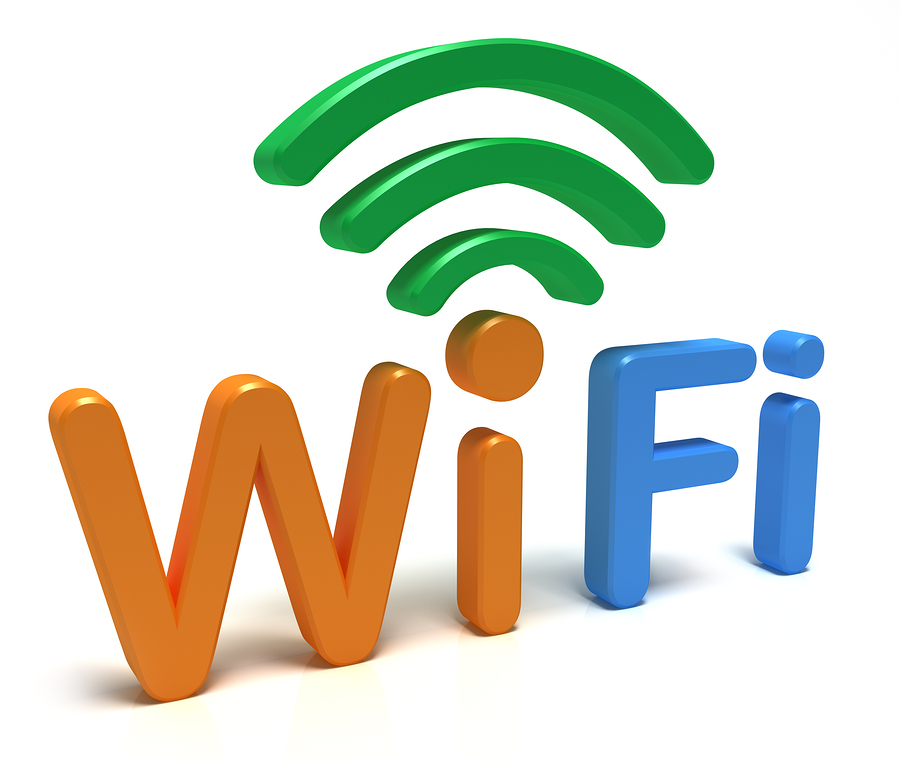
WiFi met an emerging market need, driven by the desire to interconnect networkable devices in places where wiring was not possible or not cost-effective. Short distances–up to typically several hundreds of feet–could be bridged, allowing devices to be movable or in hard-to-reach places.
Aside from improvements in WiFi speeds and encryption mechanisms, little changed over the following years in terms of the distances over which WiFi could be used. Some systems were built using high-gain antennas and specialized receivers and transmitters that extended the range up to several miles, but these were costly and required modified protocol stacks to deal with error conditions unique to radio links.
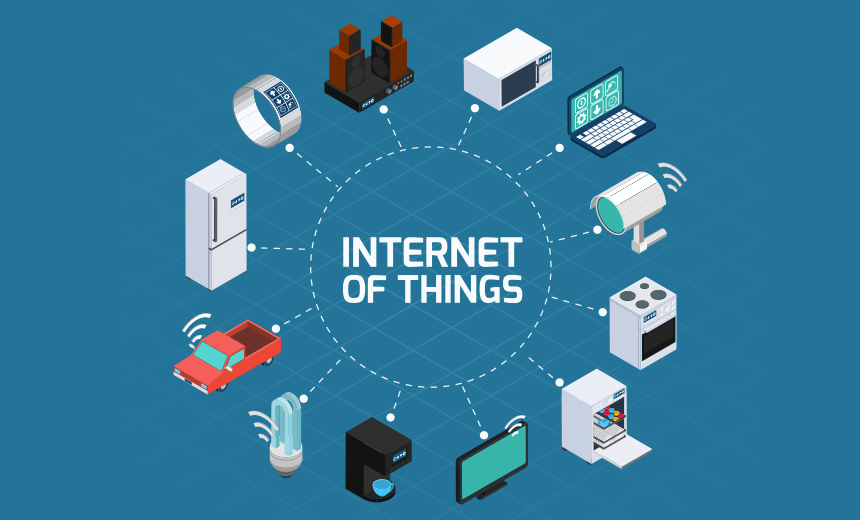
The rise of IoT drove the need for a new, low-cost wireless network that could provide connectivity over the distances some IoT sensors required. Soil humidity sensors on farms; engine sensors on mobile machinery; monitoring systems on drones. Now the distances needing to be covered could be several miles. Combined with the need to keep power consumption low, existing WiFi systems were not up to the challenge.
For a while, cellular data systems filled the need, but those required high power budgets and were typically expensive.
And so, LoRa entered the scene.
LoRa (Low power, long range radio) is a protocol–and accompanying hardware–that provides networking capability that is exactly what is needed for the new IoT world.
LoRa provides a mechanism which allows the user to determine the desired tradeoff between power, distance, and data rate. Of course, these are not independent of one another, but within limits they can be reasonably determined. And LoRa is not without its own limitations–packet size is small, though for most IoT uses it suffices.
As an example, a LoRa system can be set up to provide a data rate in the range of hundreds to thousands of bits per second over distances of several kilometers with ease. Distances of 700 kilometers and more have been achieved in experimental systems; small satellites (cubesats) using LoRa easily communicate with simple ground stations on a daily basis. While the data rates may seem low, they are adequate for most remotely-positioned IoT devices.
And when not transmitting data the LoRa hardware can be shut down (as IoT sensors tend to be episodic in their data delivery) lowering power requirements to the range in which small batteries can power devices for months at a time.
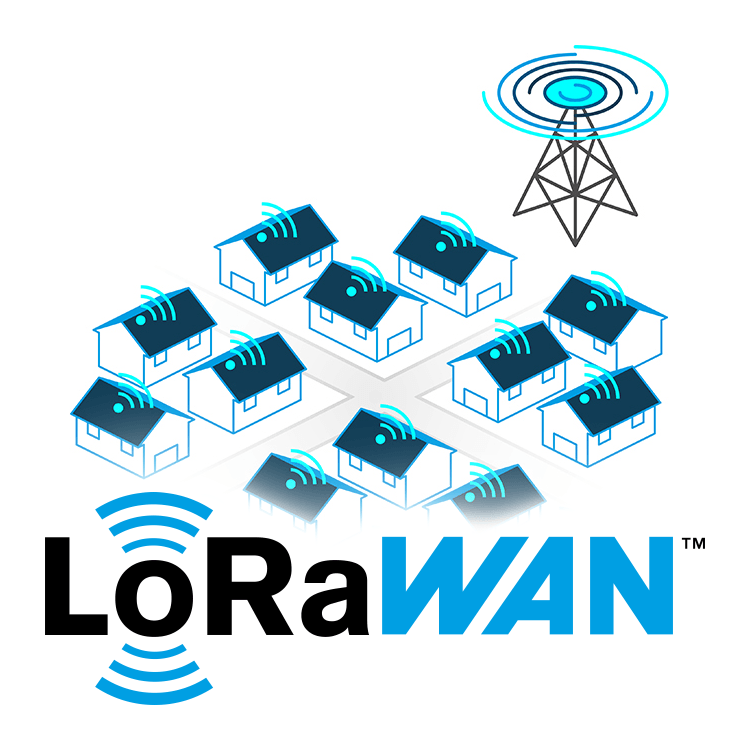
LoRa is, at its most basic, a point-to-point network but the introduction of LoRaWAN standards, and the use of a gateway device, makes it possible to have widely distributed devices that can interconnected in much the same manner as provided by WiFi.
And LoRaWAN has taken off amazingly in the last few years. Estimates are that over 170 million IoT devices are connected using LoRaWAN in 100 countries. In 2016 the Netherlands became the first county to have a nation-wide LoRaWAN network. Other countries have quickly followed this trend.
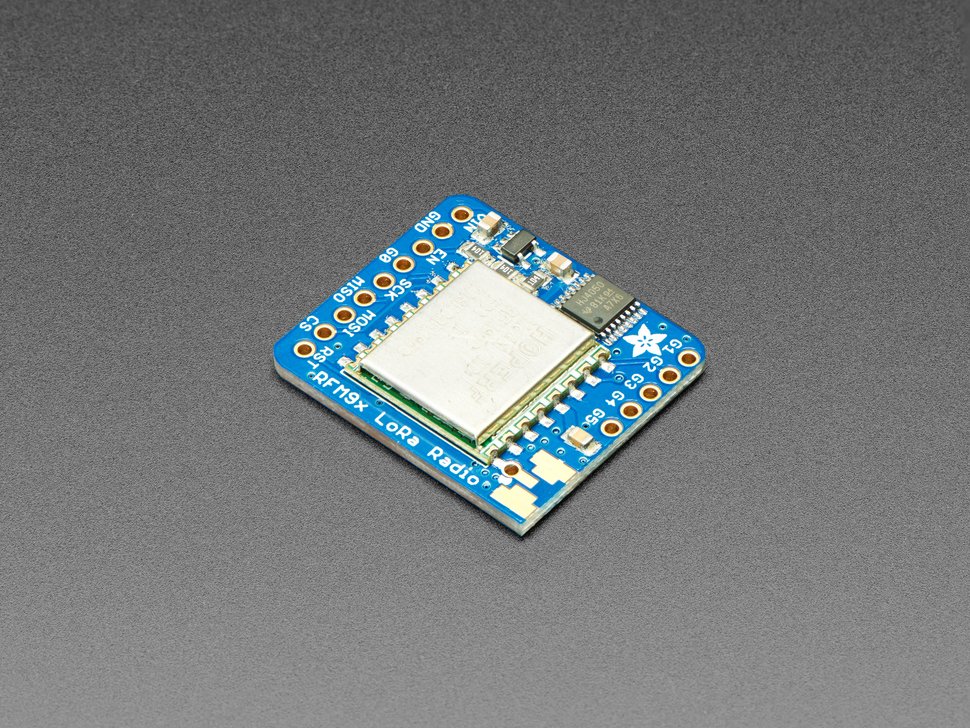
For those, like me, who are hackers at heart, the availability of inexpensive LoRa hardware (in the range of $5 – $10) and open-source software across a range of inexpensive platforms is heaven.
In fact, a coalition of enthusiasts has used this intersection of open-source software and low-cost hardware to set up open LoRaWAN networks worldwide. The Things Network boasts more than 20,000 LoRaWAN gateways in operation in 151 countries, all available for any member of the public to use.
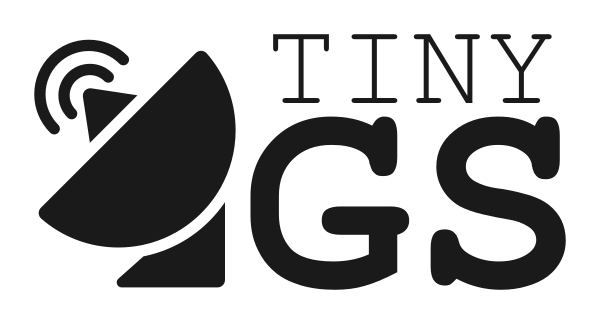
To see an example of what can be done with LoRa, check out Tiny GS, a group of enthusiasts that set up low-cost satellite ground stations and receive telemetry from cubesats. Info on what my ground station has received can be found by logging into the Tiny GS website, selecting “Stations” from the hamburger menu, and searching for “Fall”.
Learning about LoRa and LoRaWAN by implementing one yourself is a great introduction to this networking concept, and will prepare you for interactions and projects with our IoT-using clients.
Enjoy!

 English | EN
English | EN 